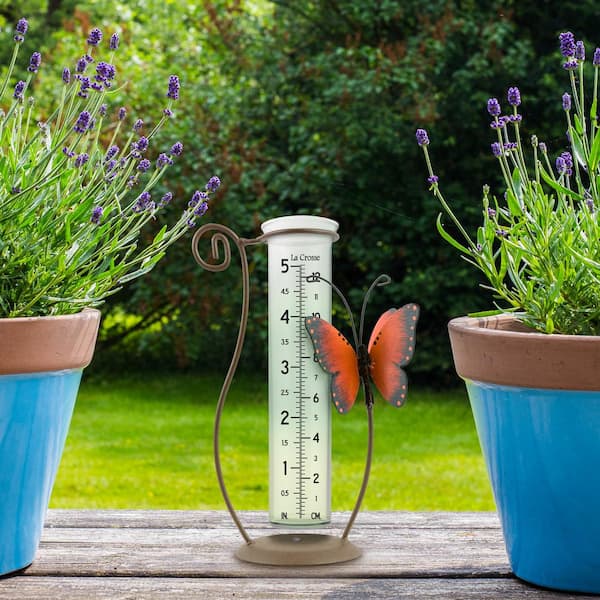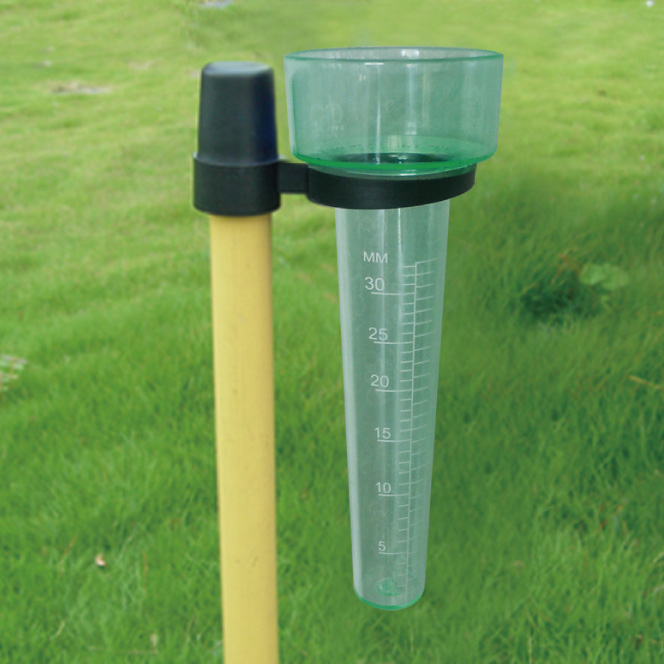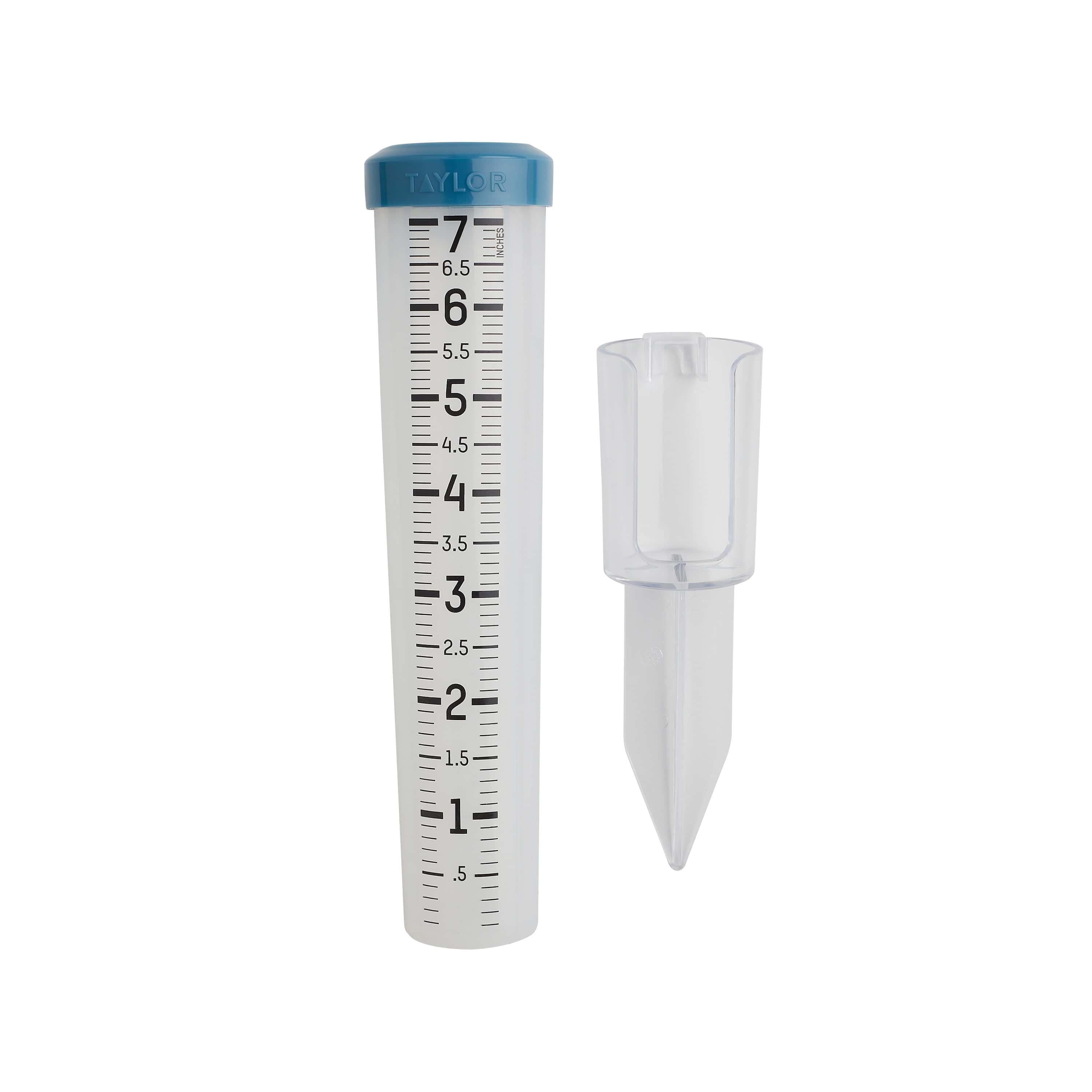Dive into The Rain Gauge: From Historical Evolution to Modern Applications
Wiki Article
How to Select the Right Rainfall Gauge for Accurate Rain Information
Exact rains information is essential for various sectors and tasks, such as water, weather forecasting, and agriculture source management. To acquire trusted dimensions, it is vital to select the ideal rainfall scale. This overview intends to give important insights into the selection procedure, allowing you to make informed choices. Thinking about factors such as location, type, and precision of the rainfall gauge will certainly help guarantee specific information collection. Furthermore, comprehending the upkeep and calibration treatments will certainly contribute to the longevity and dependability of your rainfall gauge. By adhering to these guidelines, you can ensure accurate rains information, making it possible for far better decision-making and planning for different applications.Importance of Selecting the Right Rain Scale
The significance of selecting the ideal rain gauge lies in acquiring reputable and precise rainfall data for exact meteorological evaluation. Rain information is crucial for a wide variety of applications, including weather projecting, hydrological modeling, and climate research study. Unstable or incorrect data can lead to wrong conclusions and flawed decision-making procedures.
Second of all, the accuracy and accuracy of the rain gauge are paramount. The scale must have the ability to gauge rainfall with high accuracy, catching even percentages of rainfall precisely. It ought to likewise minimize mistakes as a result of evaporation, wind, and various other environmental factors. Routine calibration and upkeep are important to ensure recurring precision.
Furthermore, the area and installation of the rainfall scale are important factors to consider. It should be positioned in an open area, away from obstructions that might impact rains measurements. The scale should be positioned at an appropriate height and angle to prevent spilling and make sure proper catchment of rain.
Aspects to Take Into Consideration When Selecting a Rainfall Scale
When picking a rain gauge, there are a number of crucial elements to take into consideration. There are different types readily available, including common rainfall gauges, tipping bucket rainfall gauges, and considering rainfall assesses.Another aspect to consider is the material of the rain scale. Rain assesses can be made from numerous products, such as glass, metal, or plastic. The product picked need to be durable and immune to weather problems, making certain that the rainfall gauge will endure the elements and provide exact dimensions with time.
Precision is likewise a critical aspect to think about. Search for rain determines that have actually been calibrated and tested for precision. Functions such as anti-splash rings and funnels can also improve the precision of the measurements.

Last but not least, think about the environment and environment in which the rain gauge will certainly be used. Different rain evaluates are suitable for different environments, so it is necessary to select one that is appropriate for the conditions in your location.
Different Kinds Of Rain Gauges Readily Available
To additionally discover the aspects to consider when selecting a rain gauge, it is very important to understand the various types of rainfall assesses available. There are several kinds of rainfall evaluates, each with its own benefits and disadvantages. The most typical kind is the standard rain gauge, likewise recognized as the round rain gauge. This type includes a straight-sided cylindrical container with a funnel-shaped top. It is basic to make use of and provides accurate measurements of rainfall.An additional kind of rainfall scale is the tipping container rain scale. As the rainfall falls right into the gauge, it loads up one side of the bucket, causing it to tip and empty the water.
A third kind of rain scale is the weighing rain scale. As the rain drops into the gauge, it is accumulated in a container linked to an equilibrium.
Finally, there are likewise remote rainfall evaluates that use progressed innovation to gauge rainfall (The Rain Gauge). These evaluates usage sensors and transmitters to send information wirelessly to a main unit. Remote rainfall determines are convenient for checking rainfall in hard-to-reach areas or for massive information collection
How to Identify the Precision of a Rainfall Gauge
One way to examine the precision of a rainfall gauge is by conducting routine calibration dimensions. Calibration entails comparing the readings of a rain gauge to a typical measurement, such as a certified rain scale or a climate terminal with high precision. By contrasting the dimensions, any disparities or mistakes in the rain gauge can be determined and represented.To carry out a calibration dimension, beginning by collecting rainfall data from both the rainfall scale and the conventional measurement gadget over a certain period, such as a month. Compare the readings and calculate the distinction in between them. This difference is understood as the calibration mistake.
It is very important to note that calibration measurements should be performed frequently, as environmental factors, such as wind, temperature level, and debris, can impact the accuracy of the rainfall gauge over time. By performing normal calibrations, any type of changes in the precision of the rain scale can be identified and modifications can be made appropriately.
Along with calibration, it is additionally suggested to clean and straight from the source keep the rain scale on a regular basis to ensure its accuracy. Eliminate any type of particles or obstructions that might impact the accuracy of the measurements, and look for any indicators of damage or put on that may call for repair work or substitute.
Tips for Preserving and Calibrating Your Rainfall Gauge
Routine maintenance and calibration are critical for making sure the accuracy and dependability of your rain scale in determining rainfall information (The Rain Gauge). By complying with a few basic suggestions, you can make certain that your rain scale is appropriately maintained and adjustedFirst of all, it is essential to cleanse your rainfall scale consistently to avoid any kind of particles or dirt from blocking the rainfall collection device. Utilize a light detergent and a soft brush to gently cleanse the within and exterior of the scale. Wash it completely with clean water and enable it to dry totally before reinstalling it.
Second of all, it is suggested to adjust your rain gauge at the very least annually. Calibration includes comparing the measurements of your rainfall scale with those of visit homepage a relied on and exact reference scale. This will help you recognize and fix any kind of possible mistakes in your rainfall scale's measurements.
To adjust your rain scale, gather a well-known quantity of water using a gauging container and compare it with the measurements tape-recorded by your rain gauge. Change the readings as necessary to make sure precision.

Verdict
In verdict, selecting the appropriate rain gauge is important for getting exact rains information. Factors such as location, budget, and function ought to be taken into consideration when picking a rainfall scale.There are different types available, including conventional rainfall assesses, tipping bucket rainfall assesses, and This Site considering rainfall assesses.To additionally discover the aspects to take into consideration when picking a rainfall scale, it is crucial to understand the various kinds of rainfall assesses offered. The most typical type is the conventional rain scale, additionally recognized as the round rainfall scale.An additional kind of rainfall scale is the tipping container rain gauge. Calibration involves contrasting the analyses of a rain gauge to a basic measurement, such as a qualified rainfall gauge or a weather station with high precision.
Report this wiki page